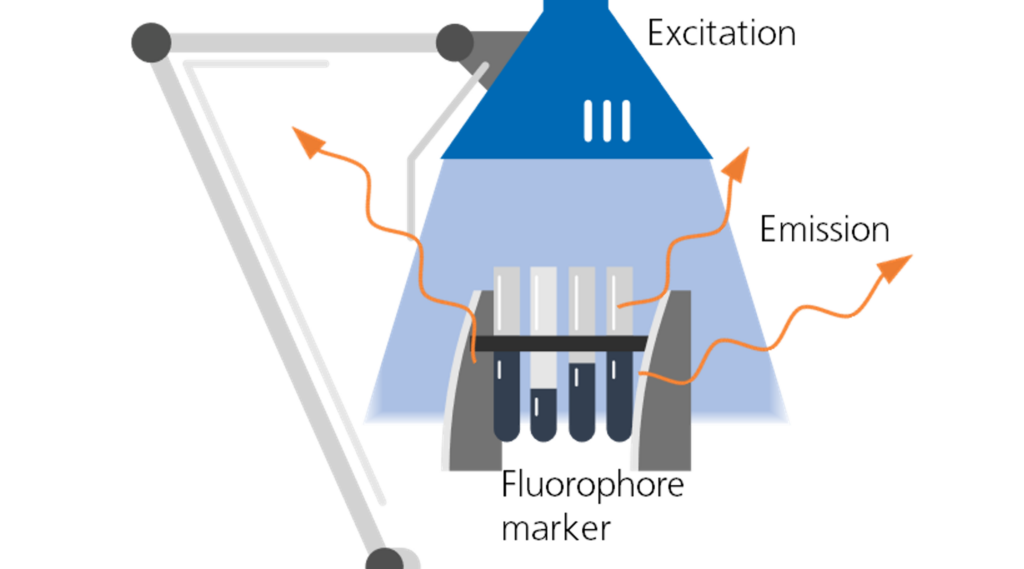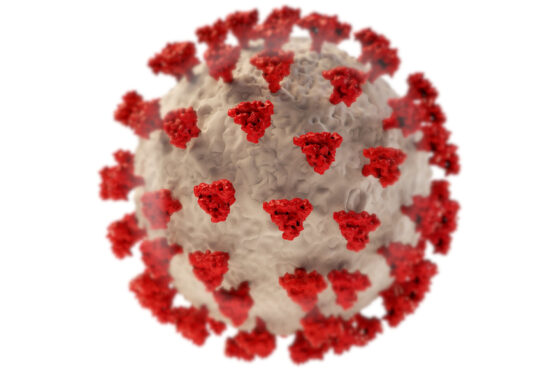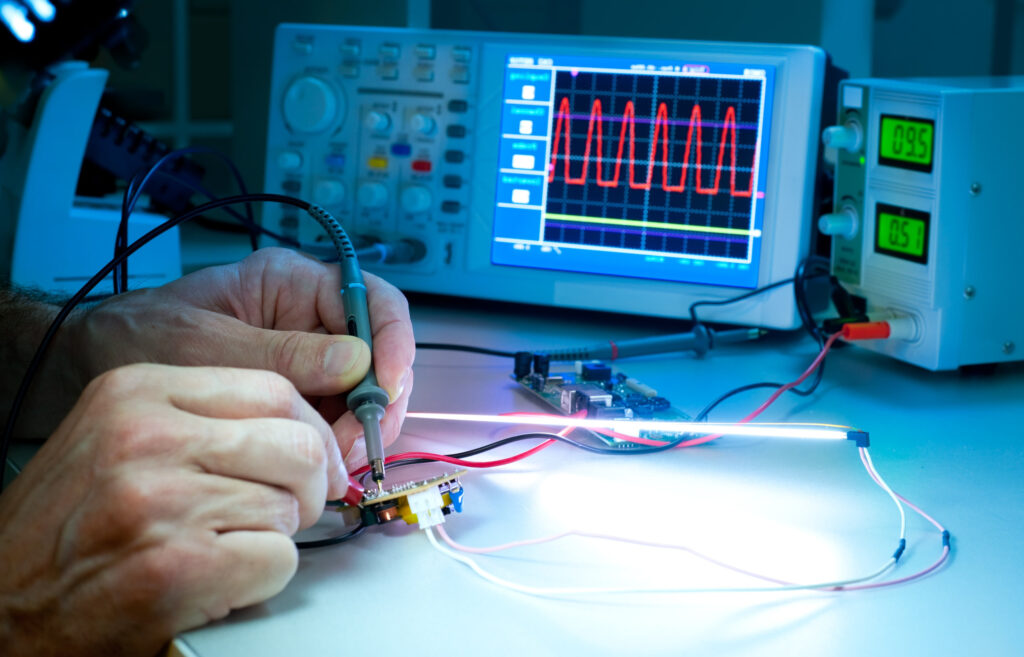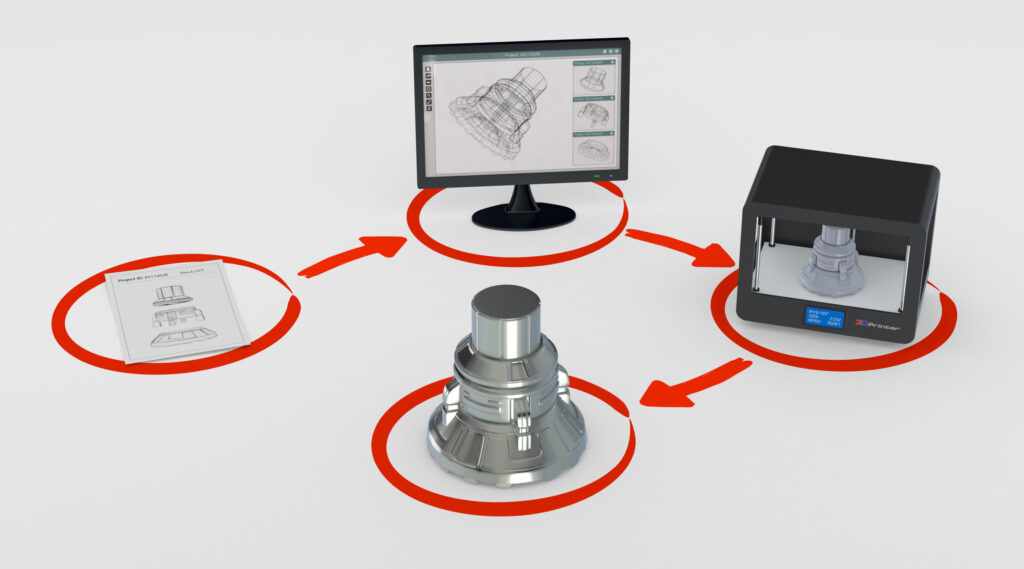Modern PCR analysis systems use fluorescent markers to detect viruses with high specificity and selectivity. The development of customized instruments that use fluorescence for detection is very challenging. The resulting fluorescence signals are often very small and easily influenced by external parameters. Our experts support and advise your customers in the development and production of their fluorescence analysis instruments.

Fluorescent markers in PCR analysis
After excitation by light, fluorescent substances spontaneously emit light of a different wavelength than the excitation. In this process, electronic transitions in the molecule are excited. Both the spectrum with which a substance can be excited and the spectrum of the emitted light are characteristic of each fluorescent substance. Their characteristic behavior allows different fluorophores to be present at the same time and still be distinguished from each other. PCR instruments used to detect SARS-COV-2 use different fluorophores simultaneously. For the accurate detection and discrimination of different fluorophores, a careful design of the excitation and detection spectra is necessary.


Development of fluorescence detection systems
For the development of fluorescence-based devices, it is essential to understand the physical and chemical processes to be detected and to study their dependence on environmental fac-tors in detail in the laboratory. Smallest changes in chemistry (e.g. PH) or physic parameters (e.g. temperature) can affect the light output in fluorescence. DIOPTIC develops customized miniaturized prototypes and can comprehensively characterize them in detail in the laboratory.
A great deal of expertise is required for the selection of optical components. Illumination with standard LEDs is cost-efficient but brings new complexities, such as a broad excitation spectrum or large production variations. LEDs in excitation may require the use of additional optical filters.

The complexity of such an instrument increases when several fluorescent markers are present simultaneously and low detection limits are desired. Our interdisciplinary team consisting of experienced chemists, physicists, optical engineers and hardware developers is well positioned to meet these challenges. Contact us to discuss your fluorescence application. We will find the perfect solution for every customer and every inspection task.
Our experts welcome your inquiries on this topic and will be happy to provide you with advice and assistance.
You will be advised by our expert: Dr. Benjamin Kühnreich (Office@dioptic.de) | Phone: +49 6201 650 40-00